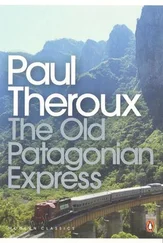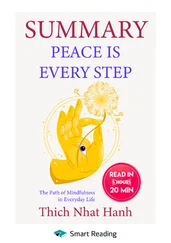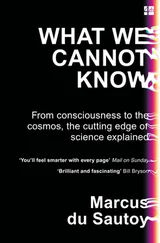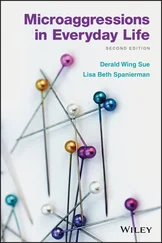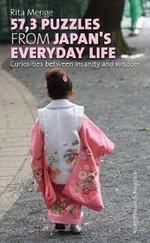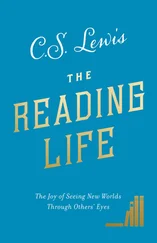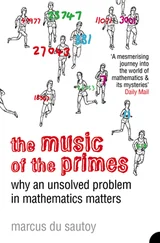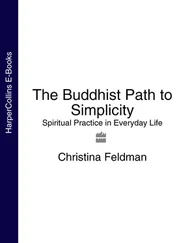It is interesting that the system works on the principle that our brains can quickly distinguish small quantities—we can tell the difference between one, two, three and four things—but beyond that it gets progressively harder. Once the Mayans had counted to 19—three lines with four dots on top—they created a new column in which to count the number of 20s. The next column should have denoted the number of 400s (20×20), but bizarrely it represents how many 360s (20×18) there are. This strange choice is connected with the cycles of the Mayan calendar. One cycle consists of 18 months of 20 days. (That’s only 360 days. To make up the year to 365 days they added an extra month of five ‘bad days’, which were regarded as very unlucky.)
Interestingly, like the Babylonians, the Maya used a special symbol to denote the absence of certain powers of 20. Each place in their number system was associated with a god, and it was thought disrespectful to the god not to be given anything to hold, so a picture of a shell was used to denote nothing. The creation of this symbol for nothing was prompted by superstitious considerations as much as mathematical ones. Like the Babylonians, the Maya still did not consider zero to be a number in its own right.
The Maya needed a number system to count very big numbers because their astronomical calculations spanned huge cycles of time. One cycle of time is measured by the so-called long count, which started on 11 August 3114 BC, uses five place-holders and goes up to 20×20×20×18×20 days. That’s a total of 7,890 years. A significant date in the Mayan calendar will be 21 December 2012, when the Mayan date will turn to 13.0.0.0.0. Like kids in the back of the car waiting for the milometer to click over, Guatemalans are getting very excited by this forthcoming event—though some doom-mongers claim that it is the date of the end of the world.

FIGURE 1.14
Although these are letters rather than numbers, this is how to write the number 13 in Hebrew. In the Jewish tradition of gematria, the letters in the Hebrew alphabet all have a numerical value. Here, gimel is the third letter in the alphabet and yodh is the tenth. So this combination of letters represents the number 13. Table 1.01 details the numerical values of all the letters.
People who are versed in the Kabala enjoy playing games with the numerical values of different words and seeing their inter-relation. For example, my first name has the numerical value

which has the same numerical value as ‘man of fame’ … or alternatively, ‘asses’. One explanation for 666 being the number of the beast is that it corresponds to the numerical value of Nero, one of the most evil Roman emperors.
TABLE 1.01
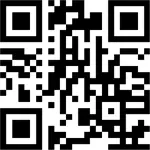
You can calculate the value of your name by adding up the numerical values in Table 1.01. To find other words that have the same numerical value as your name, visit http://bit.ly/Heidrickor use your smartphone to scan this code.
Although primes were not significant in Hebrew culture, related numbers were. Take a number and look at all the numbers which divide into it (excluding the number itself) without leaving a remainder. If when you add up all these divisors you get the number you started with, then the number is called a perfect number. The first perfect number is 6. Apart from the number 6, the numbers that divide it are 1, 2 and 3. Add these together, 1+2+3, and you get 6 again. The next perfect number is 28. The divisors of 28 are 1, 2, 4, 7 and 14, which add up to 28. According to the Jewish religion the world was constructed in 6 days, and the lunar month used by the Jewish calendar was 28 days. This led to a belief in Jewish culture that perfect numbers had special significance.
The mathematical and religious properties of these perfect numbers were also picked up by Christian commentators. St Augustine (354–430) wrote in his famous text the City of God that ‘Six is a number perfect in itself, and not because God created all things in six days; rather, the converse is true. God created all things in six days because the number is perfect.’
Intriguingly, there are primes hidden behind these perfect numbers. Each perfect number corresponds to a special sort of prime number called a Mersenne prime (more of which later in the chapter). To date, we know only 47 perfect numbers. The biggest has 25,956,377 digits. Perfect numbers which are even are always of the form 2 n–1(2 n–1). And whenever 2 n–1(2 n–1) is perfect, then 2 n–1 will be a prime number, and conversely. We don’t yet know whether there can be odd perfect numbers.
FIGURE 1.15
You might think that this is the prime number 5; it certainly looks like 2+3. However, the  here is not a plus symbol—it is in fact the Chinese character for 10. The three characters together denote two lots of 10 and three units: 23.
here is not a plus symbol—it is in fact the Chinese character for 10. The three characters together denote two lots of 10 and three units: 23.
This traditional Chinese form of writing numbers did not use a place-value system, but instead had symbols for the different powers of 10. An alternative system of representing numbers by bamboo sticks did use a place-value system and evolved from the abacus, on which when you reached ten you would start a new column.
Here are the numbers from 1 to 9 in bamboo sticks:

FIGURE 1.16
To avoid confusion, in every other column (namely the 10s, 1000s, 100,000s, …) they turned the numbers round and laid the bamboo sticks vertically:
FIGURE 1.17
The Ancient Chinese even had a concept of negative number, which they represented by different-coloured bamboo sticks. The use of black and red ink in Western accounting is thought to have originated from the Chinese practice of using red and black sticks, although intriguingly the Chinese used black sticks for negative numbers.
The Chinese were probably one of the first cultures to single out the primes as important numbers. They believed that each number had its own gender—even numbers were female and odd numbers male. They realized that some odd numbers were rather special. For example, if you have 15 stones, there is a way to arrange them into a nice-looking rectangle, in three rows of five. But if you have 17 stones you can’t make a neat array: all you can do is line them up in a straight line. For the Chinese, the primes were therefore the really macho numbers. The odd numbers, which aren’t prime, though they were male, were somehow rather effeminate.
This Ancient Chinese perspective homed in on the essential property of being prime, because the number of stones in a pile is prime if there is no way to arrange them into a nice rectangle.
We’ve seen how the Egyptians used pictures of frogs to depict numbers, the Maya drew dots and dashes, the Babylonians made wedges in clay, the Chinese arranged sticks, and in Hebrew culture letters of the alphabet stood for numbers. Although the Chinese were probably the first to single out the primes as important numbers, it was another culture that made the first inroads into uncovering the mysteries of these enigmatic numbers: the Ancient Greeks.
Читать дальше




 here is not a plus symbol—it is in fact the Chinese character for 10. The three characters together denote two lots of 10 and three units: 23.
here is not a plus symbol—it is in fact the Chinese character for 10. The three characters together denote two lots of 10 and three units: 23.

